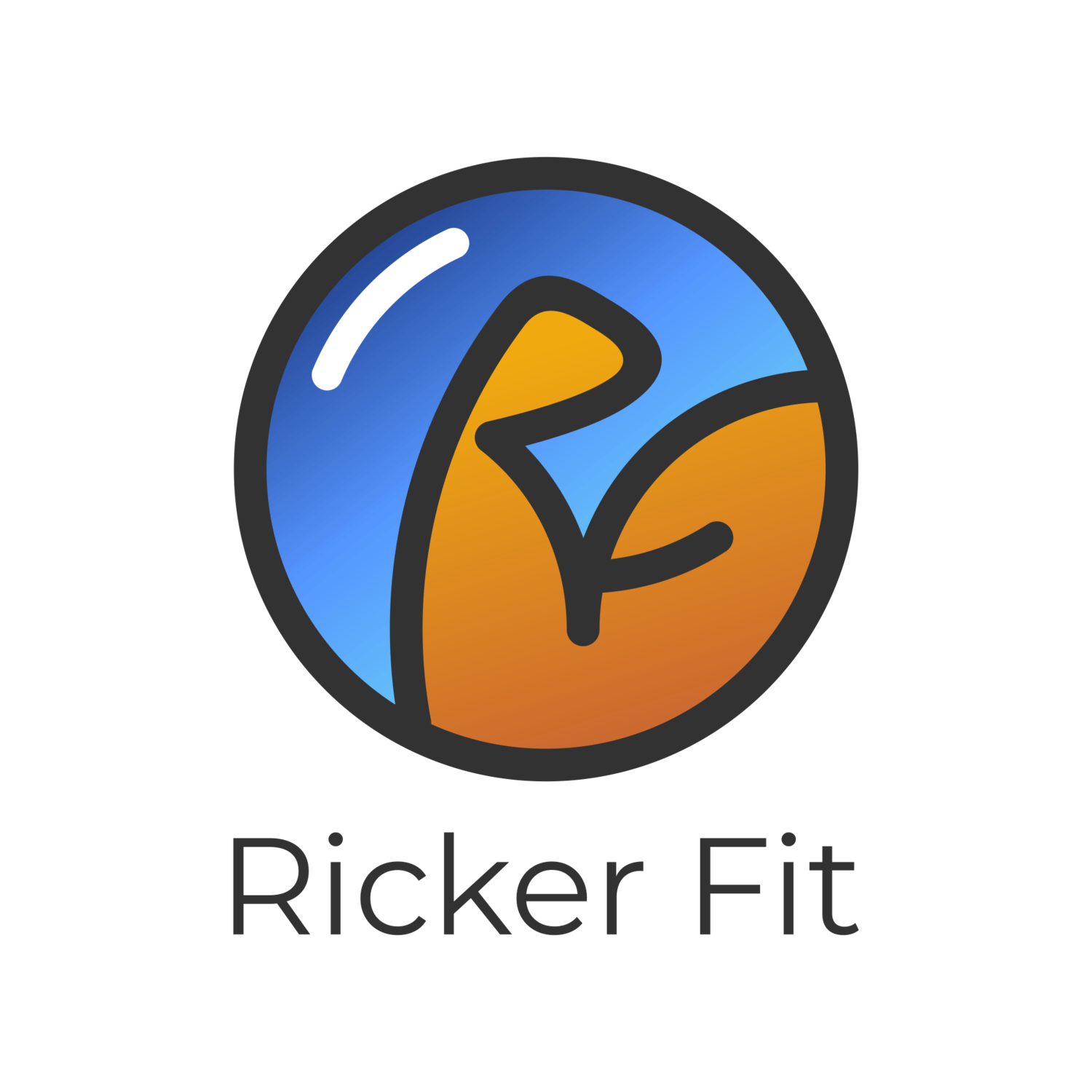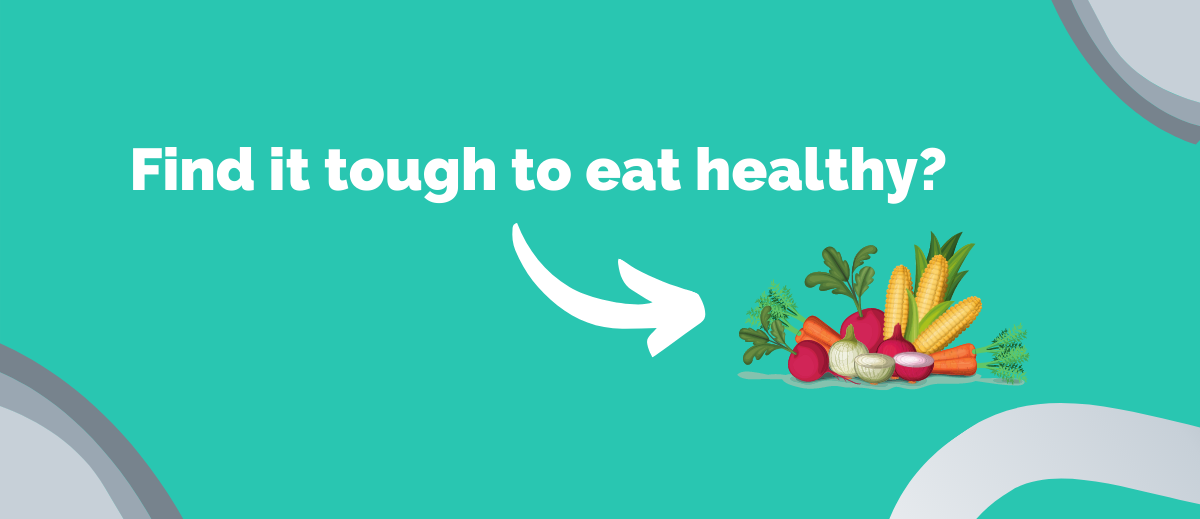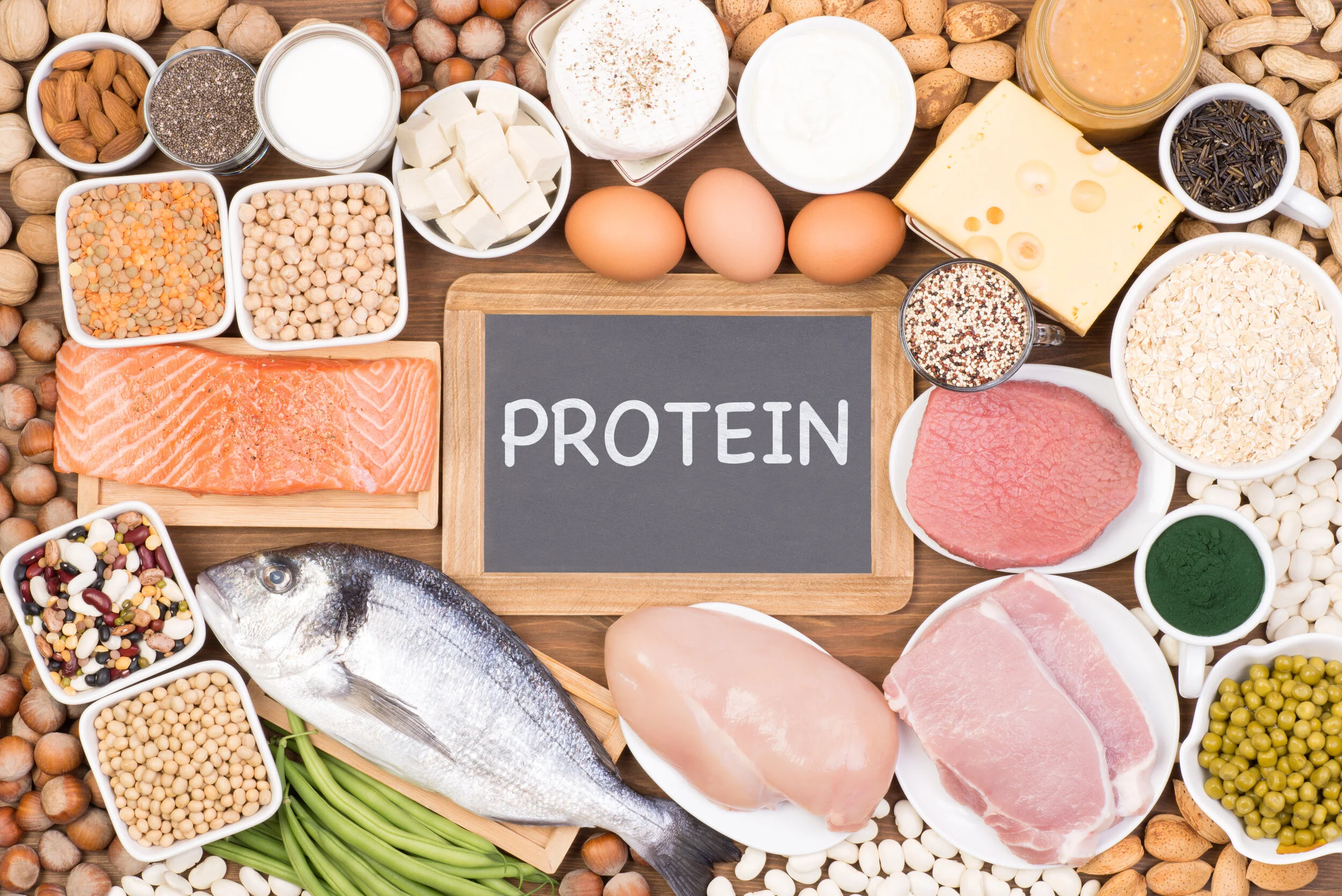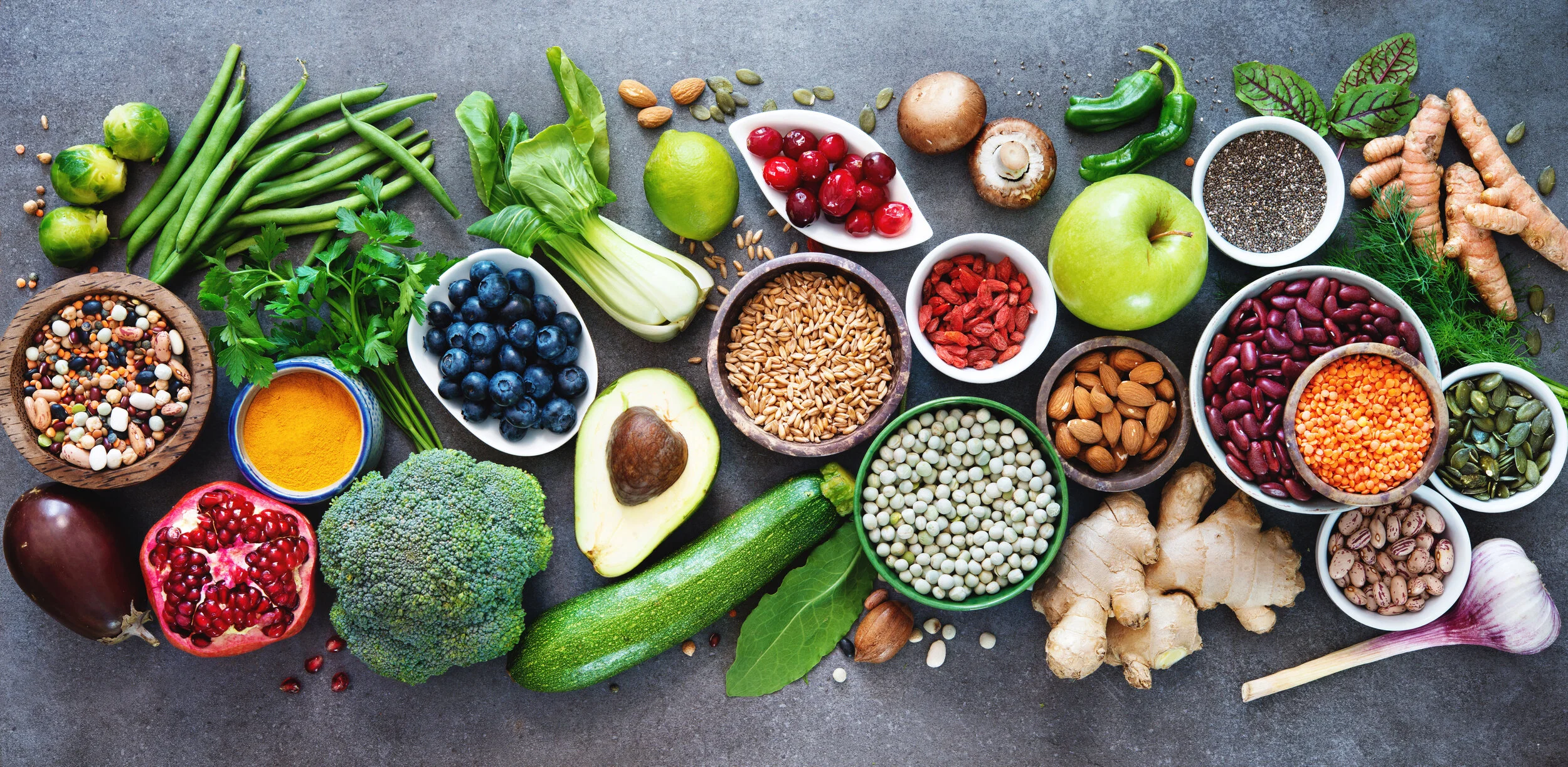Be Productive AND Healthy: 5 Nutrition Tips for Professionals on the Go
Find it tough to eat healthy with a busy schedule? Here are a few of my favorite nutrition tips for people that are always on the go.
Have you found yourself randomly walking into the kitchen throughout the workday and the next thing you know, you’re snacking (maybe on a Pop-Tart or Twinkie)? Maybe you’re like me and the cravings are worse at night.
If this sounds like you, then chances are you’re having trouble with your nutritional habits.
You know what?
That’s okay!
Even as a fitness trainer, I’ve had this same struggle for years! But that’s precisely why I am writing this blog.
I want to give you some of the helpful tools that have gotten me out of my nutritional funks and into a happy and healthier lifestyle.
AND the best part is, it doesn’t require much effort at all! In fact, these tips are designed to help you tone up while maintaining your current routine.
All you have to do is add in one or two of these points to your daily habits, and you will see a drastic difference in the way you feel and look!
Eating Well in a Hurry
In the following video, we’ll go over the process of being productive and healthy while in a hurry. The tips I give you come from my years of working with a vast array of clientele. Many of these tips are what make the difference with client’s success, especially in the area of weight loss.
Why Creating Healthy Nutrition Habits is Valuable?
A recent study found that implementing healthier nutritional tips into an individual’s daily routine can drastically affect their health and weight.
Seems basic, right?
Here’s why I find that interesting.
A lot of fitness professionals claim that you have to DRASTICALLY shift your behavior in order to “change your life”. This could look like being on a strict paleo diet, fasting frequently, or tracking your calories down to the last bread crumb.
While I don’t disagree that those methods are helpful in obtaining a desired physical outcome, I do believe such absolutes should not be preached as the only methods.
Unfortunately, we live in an all or nothing society.
It’s either right or wrong, pass or fail, LeBron or Jordan. But I submit to you that perhaps there is another way to live. Perhaps, instead of the language used above, we can start utilizing words like helpful or unhelpful, leaning towards or in the direction of, LeBron and Jordan (and Kobe, just because I can and this is my blog).
What’s the point?
The point is, you do NOT have to DRASTICALLY “change your life” in order to reach a healthier you.
Rather, you can implement a few simple tips into your already preferred habits to reach your long and short term goals. Who knows? You may even find that this becomes your preferred method for not only obtaining your physical goals, but also in striving for the non-physical ones as well.
Choose the Tips that Work Best for You!
Here’s the deal.
You don’t have to implement all of these tips. In fact, not all of them may be applicable to you. Everyone is different. Use this short list less as an absolute and more of a guide to implement some simple habits into your schedule.
5 Nutrition Tips for Professionals on the Go
Here is my list of 5 tips that are helpful for managing body composition without having to completely change your life.
Tip 1: Your Foundation… Protein
The foundation of any healthy meal should always be protein.
Why is that? Healthline presents us with a quick compilation of what the research shows for the benefits of having the appropriate amount of protein in each meal.
Reduces Appetite and Hunger Levels
Increases Muscle Mass and Strength
Good for Your Bones
Reduces Cravings and Desire for Late-Night Snacking (ah, there we go)
Boosts Metabolism and Increases Fat Burning
Lowers Your Blood Pressure
Helps Maintain Weight Loss
Does Not Harm Healthy Kidneys
Helps Your Body Repair Itself After Injury
Helps You Stay Fit as You Age
Helps with immunity to diseases
Given these tips, it’s not hard to see why Protein needs to be eaten frequently, but what is the appropriate amount to have?
My recommendations, based on a lot of research, is to take your body mass in pounds and multiply that by about .6-.8. That range will be your range in grams of protein to spread throughout your day. For example, if you weigh 200lbs, then your range will be 120-160g’s of protein per day.
A lot of people know that protein comes from our meats, but that doesn’t necessarily mean that you should be having all sources of meat. For instance, try to choose healthier options like white meats over the fattier red meats.
Here is a good list of heathy protein options:
Chicken Breast
Turkey Breast
Eggs and Egg Whites
Lean Beef
Tofu and Tempeh
Greek Yogurt
Salmon, Shrimp, Oyster, and Cod
Beans, Peas, and Lentils
Whey, Casein, etc. Protein Shakes
Great! Now you have the optimal types of protein and know how much to eat.
From here, let’s dive into the next tip, which is all about designing your meals.
Tip 2: Basic Meal Structure
Structuring your meals can often be a hard task to accomplish, especially if it’s a completely new concept to you. Ultimately, the structure and frequency at which you eat depends on a variety of factors like your work schedule, training routine, and sleeping habits. Therefore, I am going to list a few typical scenarios that I see with my clients and give you the best ways to structure your eating with each.
By far, the most common eating habit that I see among working class individuals is 2-3 meals per day. It is the typical breakfast, lunch, and dinner structure that was created out of the industrial revolution. On top of this, many people also prefer not to eat breakfast, usually stating that they don’t feel hungry in the mornings.
Another variation that I see is intermittent fasting. This is typically done in the 16/8 method, meaning that you will fast for 16 hours and restrict your eating time to a set 8 hours throughout the day (i.e. 12-8pm). Although this is the most common method, there are several other ways of performing intermittent fasting.
Finally, and I’ll preface by saying this is the my preferred method of nutritional structure, you have the 4-6 meals spread evenly throughout each day option. Often, when people hear about eating 4-6 meals a day they automatically think they will gain weight eating that often. However, that’s not the case. The reason someone would believe that is most likely because they are used to eating meals the size of a typical breakfast, lunch, or dinner.
In the 4-6 meals-a-day method, you don’t eat as much per meal as you would in the typical 2-3 meals-a-day structure. Instead, you have roughly the same total amount just spread evenly throughout the entirety of the day. This is typically seen as the most healthy way to eat as there are many benefits to having constant nutrients available for your body to consume without spiking insulin levels.
Here is a simple article to highlight some of the benefits of eating frequently throughout the day.
Given these different structures, how can you optimize the 2-3 meals, intermittent fasting, or 4-6 smaller meals methods?
First things first, and the same goes with any diet, habit, tip or trick… losing weight is having a calorie deficit (aka hypocaloric eating). Likewise, gaining weight is having a calorie surplus (aka hypercaloric eating).
In regards to the hypocaloric state, which again is when you are losing weight, you are eating less calories than you burn throughout the day.
If you are confused on how to determine the amount and types of calories that you should be having each day, here are a few good tips:
Start by using a BMR Calculator.
The BMR (Basal Metabolic Rate) Calculator will tell you the baseline of calories that you need per day to maintain your current status given your weight, height, age, sex, and activity levels. From here, take the foundation of your meals (Remember Tip #1) and spread that evenly throughout each meal. Then, fill in the rest of your calories with healthy carbs (see Tip 3) and fats (aka mono & polyunsaturated fats). Remember, if you want to lose weight, go slightly under your BMR number (like 1,700 calories per day instead of 2,000), and vis-versa if you’d like to gain weight.
That’s it!
It’s that simple.
It takes a small amount of effort at first to determine where you are and where you want to be. After that, it’s all about adhering to those numbers as best you can.
Give this a shot and let me know how it goes for you.
Tip 3: Cut-it-Out (Carb Edition)
Carbohydrates… let’s talk about them
First off, what are they and what do they even do?
Carbs are one of the three basic Macronuritients, along with proteins and fats. This means that they are a major energy source for your body. In fact, they are the primary energy source for your brain, and they are stored the muscles and liver in the form of glycogen.
Given this information, you can see why it is so important that you have carbs in your meals, especially early in the day and around your workout window. The trick is knowing what kind of carbs to have. Here is a good article by Medline Plus that simply breaks down the nuances of the carbohydrate, if you’re interested.
Don’t worry, I’ll give you an even briefer synopsis.
Carbs are either simple or complex.
The simple ones are sugary foods and the complex ones are fibrous and/or typically darker foods (i.e. wheats, oats, brown rice).
Most people will say that sugar is “bad” for you. While I believe there is a great argument to be made there, it’s not the whole story. The reason this is so often said is because sugar digests quickly and if your body doesn’t need it right away, it will get stored. Know what stored energy is? Fat.
Having said this, there are times when your body does need energy right away. The best examples are before, during, and right after a mentally strenuous task, a workout, cardio session, or sporting event. That’s why Gatorade, a very high sugar drink, is known as a “sports drink”. Outside of these times, I would agree that it will be more beneficial to lean into the direction of your complex carbs.
So, practically what does this mean for you?
It means that if you simply structure any sugary carbs into your meals, do it at those certain times (i.e. the workout window). Otherwise, cut-it-out and leave it to the complex carbs.
Here’s a quick tip I utilize that may be beneficial for you.
On days that I have my hard workouts, I have all my carbs right before, during, and directly after the workout, and then I taper them down throughout the day. On days that I do not workout, I have complex carbs first thing in the morning and then taper them throughout the day.
Why do I taper carbs throughout the day in both methods? Simple, you don’t need as much energy at night. Also, it’s very possible that more energy could affect your sleep quality. Having said this, if you workout later in the day, try reversing the taper to have less in the morning. This way your body will utilize the incoming carbs for your workout, and there will be less energy stored from your earlier meals.
Here is one quick and simple tip that many of my clients like. Try cutting out carbs altogether after 5 pm on days that you don’t workout. A lot of times this can result in a good amount of weight loss within a matter of weeks.
On top of carb manipulation, if we want to go further into detail on how to make your nutritional habits work best, we have to talk about meal prepping.
Tip 4: Meal Prep FTW
Meal Preparation is where you plan and cook your food ahead of time.
It is often associated with bodybuilders and professional athletes. However, it is an excellent way to stay on track with your calories throughout the day.
There’s a few different ways that I have seen this accomplished.
Some people will take about 30 minutes the night before and prep everything in Tupperware, some will do it for 3 days out, and others will even prep the whole week in advance (although with this method you’d have to choose your food wisely). Either way, meal prepping is effective. This is because when your meals and snacks are planned ahead, it tends to save both time and money (and if time is money… then that’s a lot of money).
In fact, this has become such a popular way to track nutrition that many companies have been created around meal prepping for you. A few examples of them are Trifecta, Icon Meals, and Fresh n’ Lean. Although I’ve never personally tried any of these companies, I have heard great things about them. However, I will note that if you have the time, it will save you money to just do it yourself (but then again… time is money). Either way, this is a solid option for anyone looking to get in better shape.
Perhaps the most effective part of this style is that it’s simple to keep track of calories, which we learned in Tip 2 is by far the most important aspect of healthy nutritional lifestyle.
Speaking of nutritional lifestyle, one of my favorite aspects to any meal is the snacks that we get to have in addition to our macronutrient foundation, which brings us to our final tip.
Tip 5: Fun Snacks!
Technically, anytime you eat, we consider that a “meal”. That’s why reaching 4-6 meals a day actually isn’t as difficult as many people believe.
I usually have 6 meals a day. However, what that actually looks like is 3-4 traditional meals with a shake and snack counted as the others. Head back to Tip 2, to catch a link to the benefits of more frequent eating.
The trick to snacking is to have the right types of snacks.
Here are a few of my favorite healthy and fun recommendations for snacking.
While I actually recommend veggies with most meals, they can also easily be used as a snack.
Why?
Because they are full of micronutrients to keep you healthy on top of being so low in calories that you could basically consider them in the negative calories. This is because it will take more energy for your body to digest the vegetable than the actual amount of energy that your body receives from the it. This seems to be especially the case in vegetables that are high in fiber, like broccoli (yum, everyone’s fave).
But hey, everyone knows about veggies. You’re reading this section to find out about the fun snacks. So without further ado, here is a short list of my favorite fun snacks:
Greek Yogurt w/ Mixed Berries
Coffee / Tea / Diet Drinks (yes, diet drinks are 100% healthy)
Popcorn (certain types)
Mixed Nuts
Baby Carrots/Cucumbers and Hummus
Whey Protein Shakes
Casein Protein Shakes
A Variety of Different Shakes/Smoothies
Baked Chips over Normal Ones
Avocado Chips is a Great Keto Friendly Option
Rice Cakes (may add some natural butter)
Want some more examples?
Check out this article for ideas on healthy snacks.
My Favorite Nutritional Resources
Here are some amazing resources that have helped me create my own healthy nutritional habits.
The Scientific Landscape of Healthy Eating – This is a great TED Talk on healthy eating by an old professor of mine.
MyFitnessPal - Here is a great food tracking app that many of my clients like to use.
The Renaissance Diet 2.0 – This is hands down the best book I have ever read in regard to nutrition.
I also routinely upload helpful fitness and nutritional content on my Instagram @rickerfit.
Download the ‘Core Toning Guide’ Today
Are you trying to develop a more toned and sculpted core?
I’ve created the ultimate FREE guide to help you do just that!
This is a four-week program designed with the scientific principles of training in mind to help you achieve a firmer and stronger midsection.
Give it a shot, post your workouts on Instagram, and tag me @rickerfit so I can celebrate your success along with you!
You Can Do This!
You can literally change your life by just implementing a few new habits into your daily routine. It all starts with one decision. Once you’ve made that decision, your life has already changed.
You deserve your best body.
I look forward to hearing your journey come to fruition!
What are your thoughts?
Did you find any of these tips helpful? Have any Questions?
Share your thoughts in the comments below.












